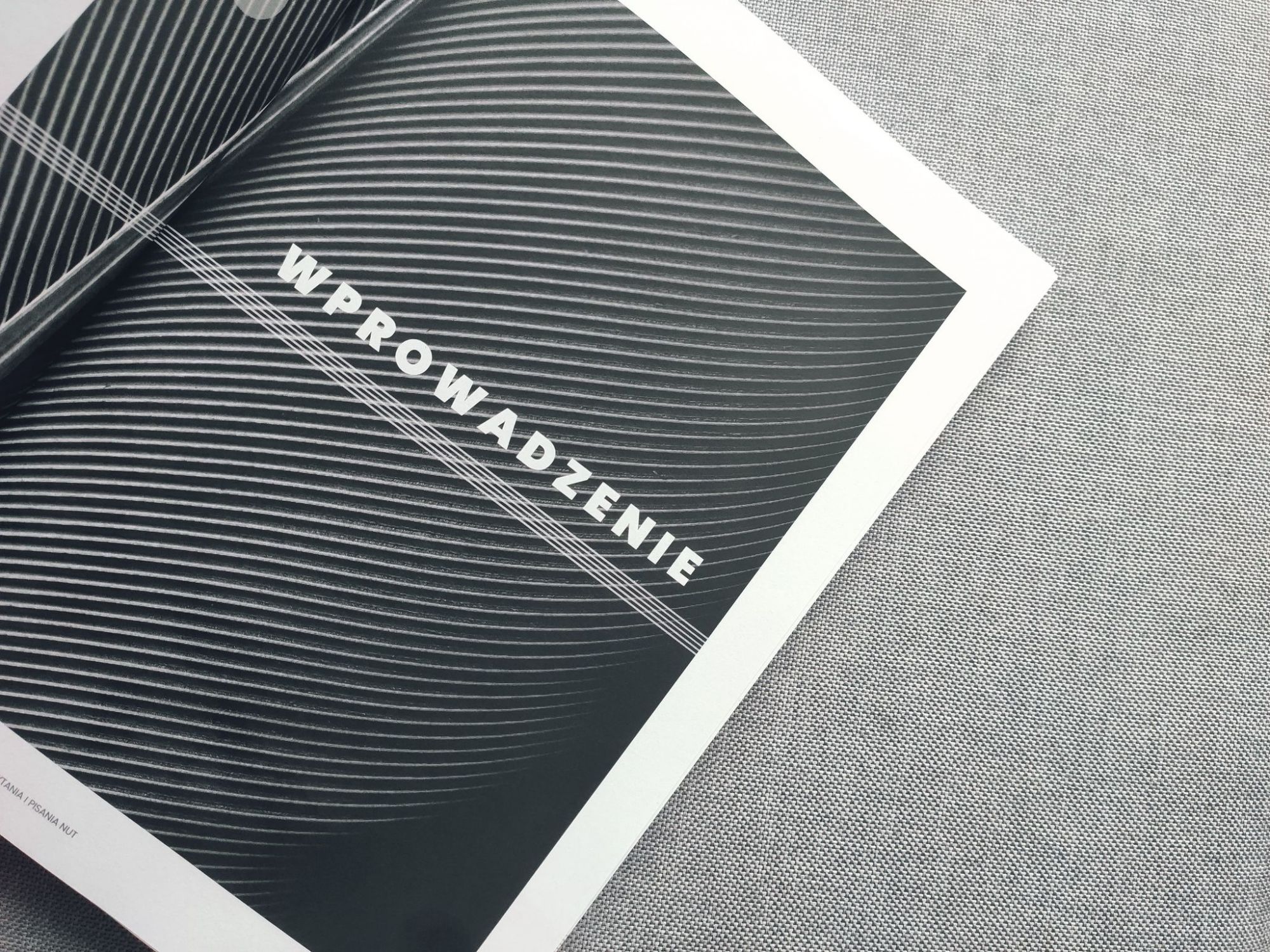Problem czytania i pisania nut (The Issues of Reading and Writing Notes) by Leon Łukaszewski is a new book published by the Polish Chamber Choir. It was co-financed by the Fund for the Promotion of Culture of the Ministry of Culture, National Heritage and Sport, within the framework of the ‘Muzyczny ślad’ (Musical Trace) Programme implemented by the Institute of Music and Dance.
The book was edited and prefaced by Anna Kalarus, holder of a post-doctoral degree and lecturer at the Faculty for Musical Education of the Music Academy in Kraków.
Here are two excerpts from her preface:
(...) In his publication, the author begins by drawing up a balance sheet of previous research in the field of ear training and the development of so-called musicality. He gives a thorough and penetrating chronological presentation of the various methods and systems. He begins with the traditional methods of Guido d'Arezzo and Jean-Jacques Rousseau, moving on to Pierre Galina, Guillaume-Louis Bocquillon, and to John Curwen’s Tonic sol-fa, John Evans’s phonogesture method and Cark Eitz’s 12-syllable system. The last three approaches are analysed with particular attention. In analysing modern methods of musical education, the author expresses concern with the fact that they do not treat ear-training, including the skills of reading and writing notes, as their main and fundamental components but as elements of secondary importance, or even as supplementary. Despite this, the author writes with due respect about the work of the “big three”, i.e. Carl Orff, Émile Jaques-Dalcroze and ZoltánKodály, as well as other 20th-century music theoreticians, including Poles.
(...) The most important and perhaps the most interesting part of the book is the presentation of the author’s own concept of perfecting the ancillary means in the reading and writing of notes. In the first instance, the author deals with the streamlining of musical notation. His starting point is the tempered 12-semitone scale and the ultimate result is a notation on staves of different width, without clefs or accidentals, with the line c defining absolute pitch. The other element of the author’s project is a transformed, reformed syllabic system. By introducing new syllables, he creates a 12-stage syllabic chromatic sequence. Linked to the changes in the syllabic system is a modified phonogesture. The whole project is complete with the author’s recommendations regarding exercises and the practical of the modernized system of reading and writing notes.
